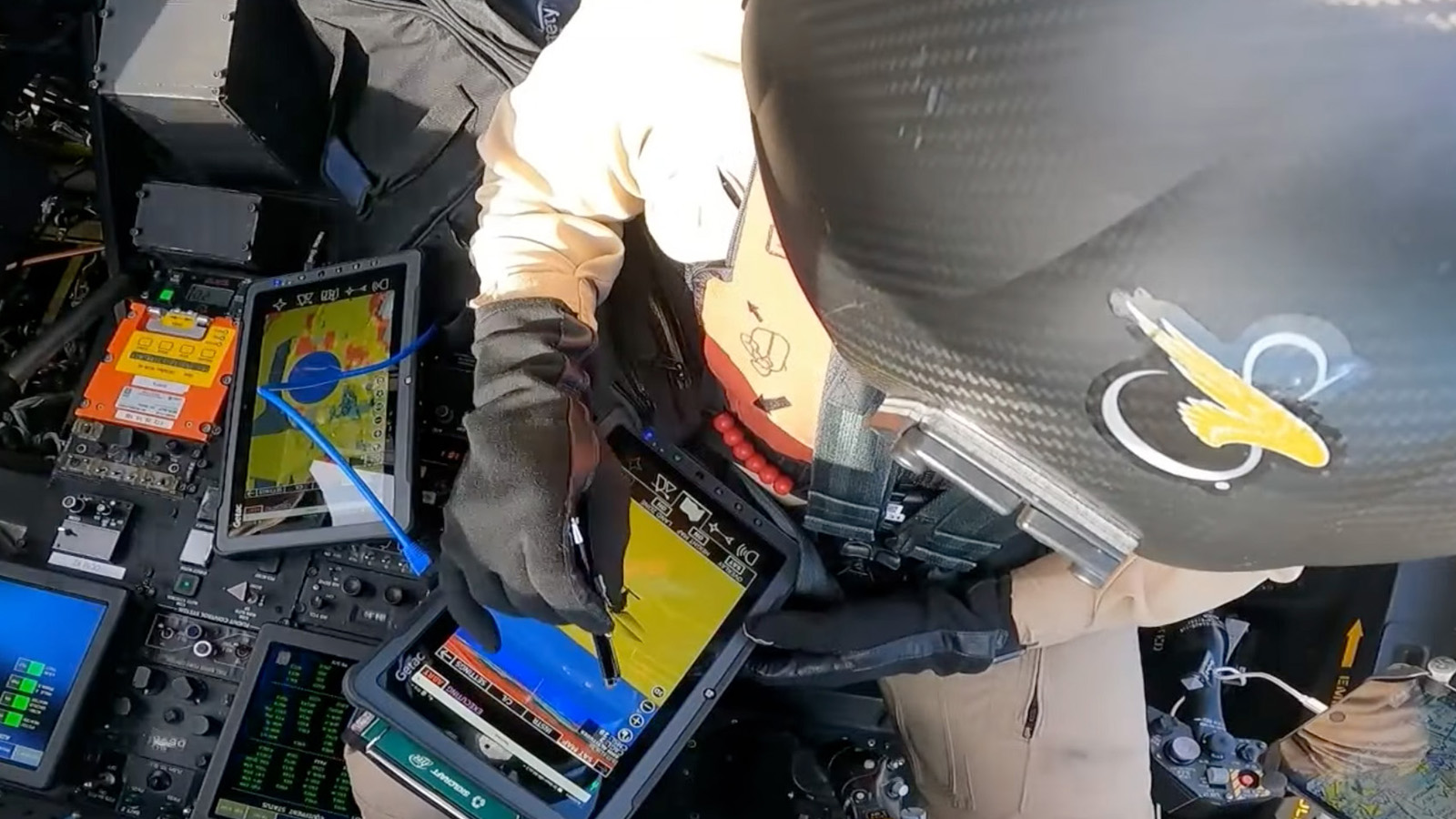Stay Up to Date
Submit your email address to receive the latest industry and Aerospace America news.
The Human-Machine Teaming Technical Committee fosters the development of methodologies and technologies that enable safe, trusted and effective integration of humans and complex machines in aerospace and related domains.
Developments in systems to enable human-machine teaming continued despite challenges posed by the pandemic. In January, Boeing agreed to pay $2.5 billion in a settlement with the U.S. Department of Justice over Boeing’s 737 MAX, which began flying again in December 2020. The FAA cleared Boeing and other international aviation agencies to resume commercial flights after a two-year suspension. The FAA previously grounded the aircraft due to a design flaw involving the Maneuvering Characteristics Augmentation System that affected the positive control of the aircraft. More than 300 737 MAX aircraft are flying worldwide, providing better real-time situation awareness to the flight crew regarding the aircraft state, in addition to other system improvements.
In February, NASA’s Perseverance rover landed on Mars and demonstrated the next generation of robotic teleoperation and supervisory control. Human rover drivers on Earth previously planned routes and major tasks on each Martian day, or sol. The communication between rover and drivers is slow due to an average communication delay of 20 minutes. The new onboard automatic navigation system enabled “Percy” to self-drive by mapping the local terrain, identifying hazards and planning a route, while the drivers focused on planning the overall path and mission objectives. This level of rover autonomy enables Perseverance to travel 120 meters an hour, as compared to the predecessor Curiosity rover’s speed of 20 meters an hour. The drivers again used 3D goggles to visualize the terrain scans that their robotic teammate provided, offering the drivers an immersive environment from another planet.
Sikorsky demonstrated its Aircrew Labor In-Cockpit Automation System, or ALIAS — developed under DARPA — on an S-70 Black Hawk helicopter in March. The onboard pilot conducted a supervised level of control using a tablet, commanding the aircraft to perform an autonomous takeoff and landing as well as two simulated obstacle-avoidance scenarios. The program aims to support optionally piloted levels of control, ranging from two, one or zero pilots controlling the aircraft.
In April, the Institute for Defense Analyses, a nonprofit based in Virginia, published “Characterizing Human-Machine Teaming Metrics for Test and Evaluation,” a framework for measuring the effectiveness of human-machine teams and a timely contribution given the increase of such demonstrations. The research focused on a team’s general effectiveness rather than performance in tested scenarios. This framework also relies on research on team dynamics to help determine possible failures, whether due to intrinsic shortcomings, poor interactions or potential vulnerabilities.
The U.S. Air Force conducted two flight tests of the Skyborg autonomy core system in June. The Skyborg ACS flew on two unmanned aerial vehicles this year — UTAP-22 Mako in May and MQ-20 Avenger in June; a third, Boeing Airpower Teaming System, is planned for 2022. During these tests, ground control station operators monitored aircraft behavior to validate foundational capabilities such as respecting geo-fencing, performance within aircraft flight envelopes and coordinated maneuvers. Future tests will feature human-machine aerial teams.
In September, California-based General Atomics Aeronautical Systems and Massachusetts-based Autonodyne demonstrated aerial control of an MQ-20 Avenger combat drone from the cockpit of a modified King Air 200. A ruggedized tactical control tablet, integrated with Autonodyne’s RCU-1000 Advanced Human Machine Interface, provided real-time situational awareness combined with complex behavior tasking.
DARPA’s Air Combat Evolution program collected data on human pilot trust in artificial intelligence algorithms, measuring a suite of physiological responses, in preparation for ACE’s next major demonstration, which is to feature dogfights involving actual subscale aircraft with AI pilots. ACE is aimed at enabling humans to focus on battle management decision-making while the AI pilot manages combat maneuvers.
Stay Up to Date
Submit your email address to receive the latest industry and Aerospace America news.




